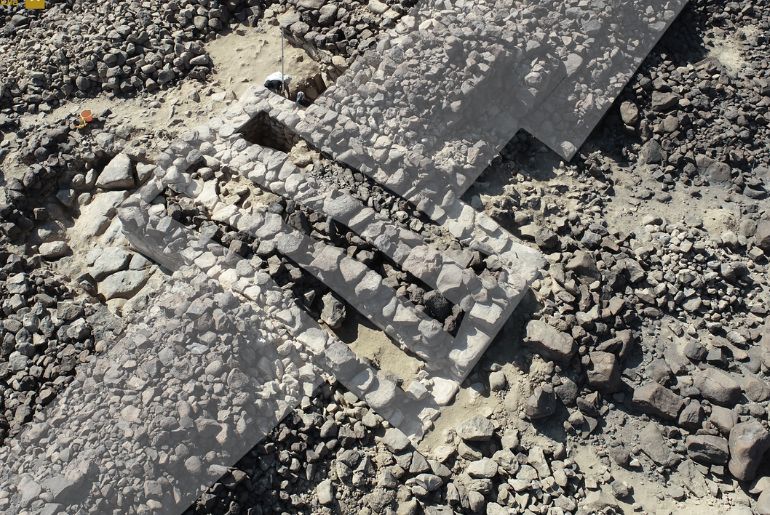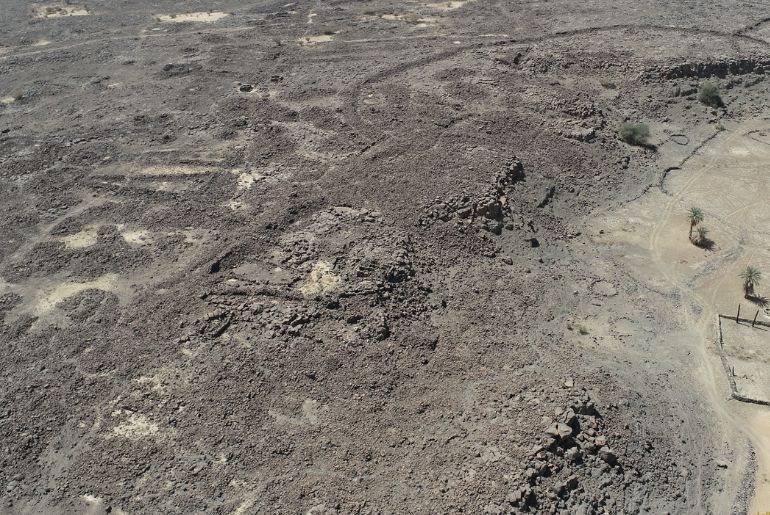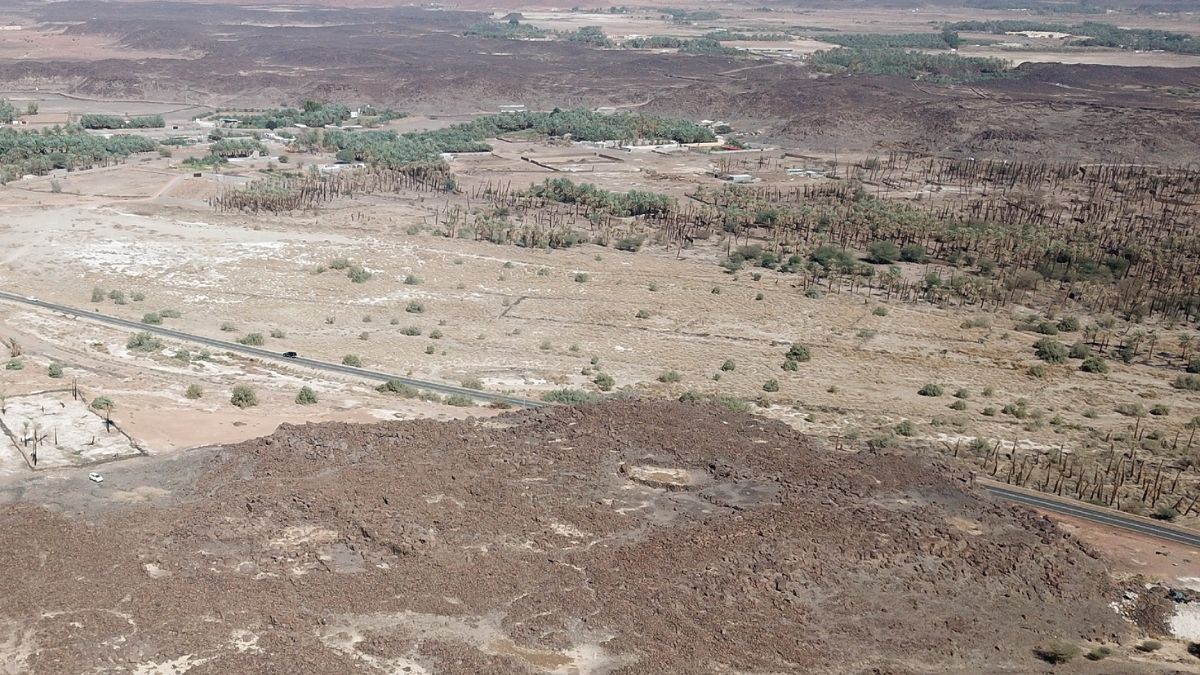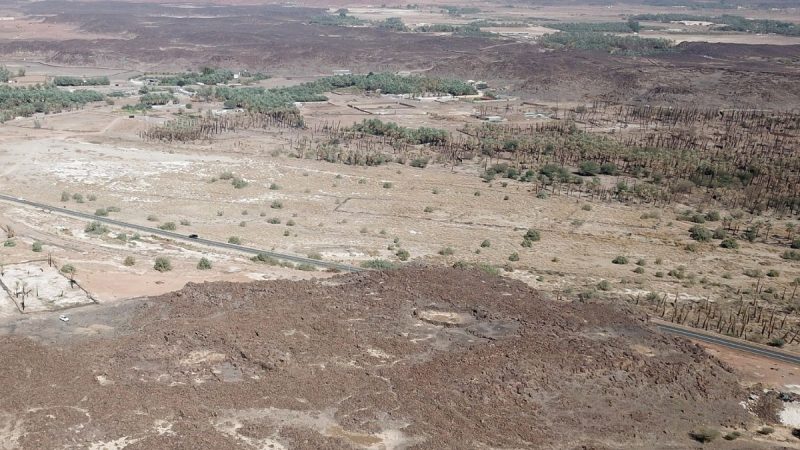Imagine stumbling upon a walled town frozen in time, where ancient desert dwellers once carved out their daily lives. Recently, archaeologists did just that, discovering Al-Natah, a 4,000-year-old fortified town nestled in the oasis of Khaybar in northwest Saudi Arabia. This find isn’t just dusty ruin; it’s a time capsule from a society transitioning from nomadic wanderers to settled urbanites. The discovery has stirred the archaeological community, unveiling layers of ancient life and sparking curiosity about the daily rhythms of Al-Natah’s early residents.
Al-Natah Is A Window To Early Urban Life

Al-Natah wasn’t just a haphazard collection of huts, situated in Khaybar’s lush oasis. Instead, it boasted organised zones, including a residential sector, probable council area, and even a cemetery. They had zoning laws 4,000 years ago! French archaeologist Guillaume Charloux, leading the team, revealed that this town housed up to 500 people at its peak. Surrounded by a robust 14.5-kilometre wall, Al-Natah reveals a society that valued community security, social structure, and urban planning well ahead of its time.
In its heyday, Al-Natah sat at a strategic crossroad, connecting routes leading north to Tayma and south to Medina. The town’s lifeline was its network of wells, positioned thoughtfully to keep residents hydrated amidst the harsh desert conditions. To archaeologists, these elements illustrate more than survival tactics; they hint at a cohesive society that understood the essentials of sustained urban life and resource management in a landscape as formidable as the Arabian desert.
Beyond Ruins And Al-Natah’s Residential Mystery

Al-Natah’s residential area is especially intriguing. Spread across its eastern sector, archaeologists found remnants of up to 70 interconnected or isolated rectangular dwellings. Each structure likely soared above ground in earthen or stone constructions that have since crumbled, but their basements and remnants of pottery and grindstones speak volumes. These artefacts suggest a once-thriving community with established routines, from daily meals to possibly communal gatherings.
Moreover, the residential zone reveals architectural diversity, with bi- and tri-partite buildings that coexisted alongside avenues of tailed tombs, a blend of life and death etched into the town’s landscape. These findings highlight the social complexities of Al-Natah’s residents, showing how they balanced everyday life with respect for the departed, symbolised by their intricate burial sites.
Conclusion
The ancient town of Al-Natah is more than an archaeological marvel; it’s a window into humanity’s shift from a nomadic existence to a structured, community-driven life. This unique oasis society, with its carefully planned water sources, fortified walls, and organised housing, paints a vivid picture of early urban resilience and innovation. Al-Natah’s ruins stand as a silent tribute to an era where people, driven by survival and unity, laid the first stones of civilisation in the heart of the desert. With each discovery, we learn that our ancestors weren’t so different, adapting to their world in ways that still resonate with us today.
Cover Image Courtesy: PLOS/Website
For more such snackable content, interesting discoveries and the latest updates on food, travel and experiences in your city, download the Curly Tales App. Download HERE. First Published: November 04, 2024 11:22 AM




